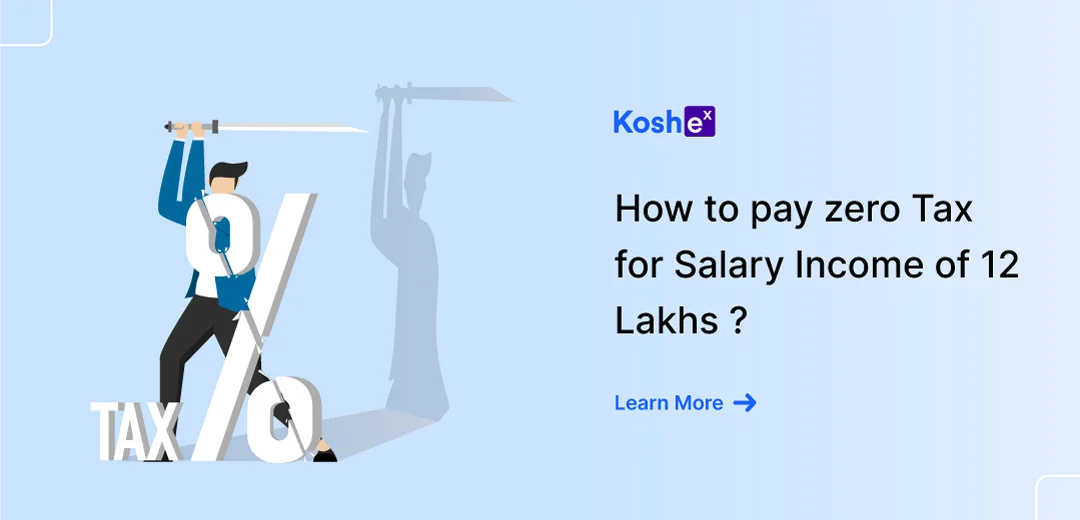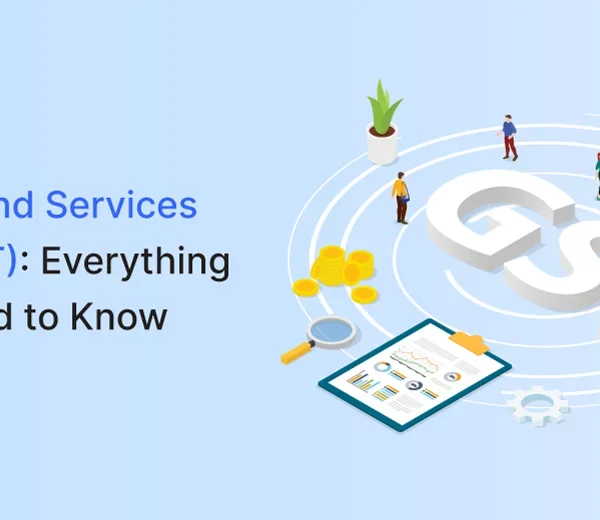Pay Zero Tax for 12 Lakhs Income
Taxes are a part of our life. Once we cross a certain threshold, we need to pay a certain amount of taxes to the government.
Even though paying taxes is an important thing that every taxpayer needs to do, there are certain ways in which they can get exemptions and reduce the amount of taxes. It is a completely legal thing to do and in this article, we will be explaining how you can pay less or zero taxes.
On March 2022, Finance Minister Nirmala Sitharaman said that there were 8.22 crore taxpayers in India in 2019-20.
The number of taxpayers includes people who pay income tax and corporate tax and who have either filed a Return or Income or in whose case tax has been deducted at source. The next time when you feel bad about paying taxes, know that you are not alone.
Income taxes have to be paid by everyone who earns an income. However, there are legal ways in which you can reduce your tax liability.
Thanks to exemptions and deductions, you can pay less tax every financial year. In this article, we will explain the different exemptions and deductions that can help you pay fewer taxes.
Income Tax Regime
While filing your taxes, the very first thing you need to do is find the right income tax regime for you. There are two regimes right now – The new tax regime (which has been made the default tax regime in the 2023 Budget) and the old tax regime.
It is important to note that your income will not attract any taxes if it is below ₹3 lakhs. If you wish to choose this regime, you should know that you will not be eligible for a lot of deductions except for a few. However, the old regime comes with more room for deductions. So, choose the regime that suits your yearly income.
Deductions
If you earn a yearly income of ₹12 lakhs, here’s how you can use deductions to pay zero income tax.
Standard Deduction
Let’s say, your income for the year 2022-23 is ₹12 lakhs. You will receive a standard deduction of ₹50,000. This deduction is allowed for all employees.
So, now your taxable income will be ₹12,00,000 – ₹50,000 = ₹11,50,000.
Section 80C Deduction
Any individual or Hindu Undivided Family (HUF) can get a tax deduction of up to ₹1.5 lakhs per financial year under Section 80C of the Income Tax Act. You can claim this deduction if you make an investment in the below instruments.
- ELSS Mutual Funds
- Unit Linked Insurance Policies
- Insurance premiums
- Sukanya Samriddhi Yojana
- 5-Year Fixed Deposits
- Home loan repayment
- Tuition fee payment
- Public Provident Fund
- Employees Provident Fund
- National Pension System
- National Savings Certificate
- Senior Citizens Saving Scheme etc.,
So, now your taxable income will be ₹11,50,000 – ₹1,50,000 = ₹10,00,000.
NPS Contribution Deduction
When you invest in National Pension Scheme, you can claim an additional tax deduction of ₹50,000 under Section 80CCD (1B). This extra deduction of ₹50,000 on NPS will raise the total deduction under Section 80C and Section 80CCD of the Income Tax Act to ₹2 lakhs.
So, now your taxable income will be ₹10,00,000 – ₹,50,000 = ₹9,50,000.
Home Loan Deduction
You can claim a deduction for your home loan that was taken for the purchase/construction of a house and the construction of the house must be completed within 5 years from the end of the financial year in which the loan was taken. Under Section 24, the interest portion of your home loan EMI that you paid for the year can be claimed as a deduction from your total income up to a maximum of ₹2 lakhs.
So, now your taxable income will be ₹9,50,000 – ₹2,00,000 = ₹7,50,000.
House Rent Allowance
If you live in a rented property, you can still lower your taxable income with the help of the HRA component in your salary. The maximum HRA exemption is as below:
- Actual HRA received
- 50% for metro cities / 40% for other places
- Rent paid – 10% of Basic Salary
In the above three parameters, whichever amount is the lowest, that amount will be exempted from your income. Let’s say, your actual HRA is ₹20,000 every month, your basic salary is ₹45,000 and your dearness allowance is ₹7,000 every month. You pay a rent of ₹30,000 every month. So, let’s apply these parameters here.
- Actual HRA received = ₹20,000 x 12 = ₹2,40,000
- For metro cities – 50% of [(45,000 + 7,000)*12] = ₹3,12,000
- Rent paid – 10% of Basic Salary = 3,60,000 – 54,000 = ₹3,06,000
So, out of the above three parameters, the least amount is the actual HRA received by you. Thus, you will get an exemption of ₹2,40,000 from your annual income every year under HRA.
Health Insurance Deduction
When you take health insurance for yourself, you get tax benefits under Section 80D of the Income Tax Act. The maximum deduction under Section 80D when you take health insurance for yourself and your family (all members below 60 years) is ₹25,000.
Apart from this, if you take health insurance for your parents (below the age of 60 years), you will get an additional deduction of ₹25,000. Also, you can get a total deduction of ₹1,00,000 under Section 80D when you take health insurance for yourself, your family (with the eldest member above 60 years), and senior citizen parents.
So, now your taxable income will be ₹7,50,000 – ₹1,00,000 = ₹6,50,000.
Education Loan Deduction
If you have ever taken an education loan, you can receive deductions on the interest amount under Section 80E of the Income Tax Act. The tax benefit can be claimed by either you or your parent, depending on who is repaying the education loan. This means you can claim a deduction if you are paying your kids’ education loan.
Let’s say, if you are paying an interest of ₹5,000 every month for your education loan, you can get a yearly deduction of ₹60,000.
You should note that the deduction is available only for 8 years, beginning from the year in which one starts repaying the loan or until the interest is fully repaid, whichever is earlier.
So, now your taxable income will be ₹6,50,000 – ₹60,000 = ₹5,90,000.
Medical Expenses Deduction
Under Section 80DDB of the Income Tax Act, you can claim a maximum deduction of ₹1,00,000 for the medical treatment of a dependent who is aged above 60 or is a super senior citizen over the age of 80. The deduction can be claimed for treatment of diseases such as neurological diseases, malignant cancers, full-blown Acquired Immuno-Deficiency Syndrome (AIDS), chronic renal failure, hematological disorders, etc., So, if you have paid for your parent’s medical expenses during the year, you can claim deductions on those payments.
Now, your taxable income will be ₹5,90,000 – ₹1,00,000 = ₹4,90,000.
You will now attract a tax of ₹12,500 (@5% from ₹2.5 lakhs to ₹5 lakhs). However, if your total income does not exceed ₹5 lakhs, you can claim a tax rebate of ₹12,500 under Section 87A.
So, after all the deductions and exemptions, you have to pay zero tax for your annual income of ₹12 lakhs.
In The End…
When you make smart investments in tax-saving options, you can save thousands of rupees in taxes. By investing in ELSS alone, you can save up to ₹46,800 in taxes every year under Section 80C. As we have mentioned above, you can save more by investing in different schemes, and also making good use of your exemptions.
Apart from saving taxes, ELSS funds can help grow your wealth, insurance policies can help secure your family’s future in the case of an unfortunate event, health insurance policies can help reduce your medical bill burden, and so on.
At the end of the day, these investments can do more than just save taxes for you. So, start investing in an instrument of your choice and save taxes, earn higher returns, and so on. If you wish to invest in ELSS funds, create an account with Koshex and start your journey in less than 2 minutes.
If you wish to read more blogs about personal finance, investments, and money management, head over to our Blogs section. Happy Reading!









Leave a Comment